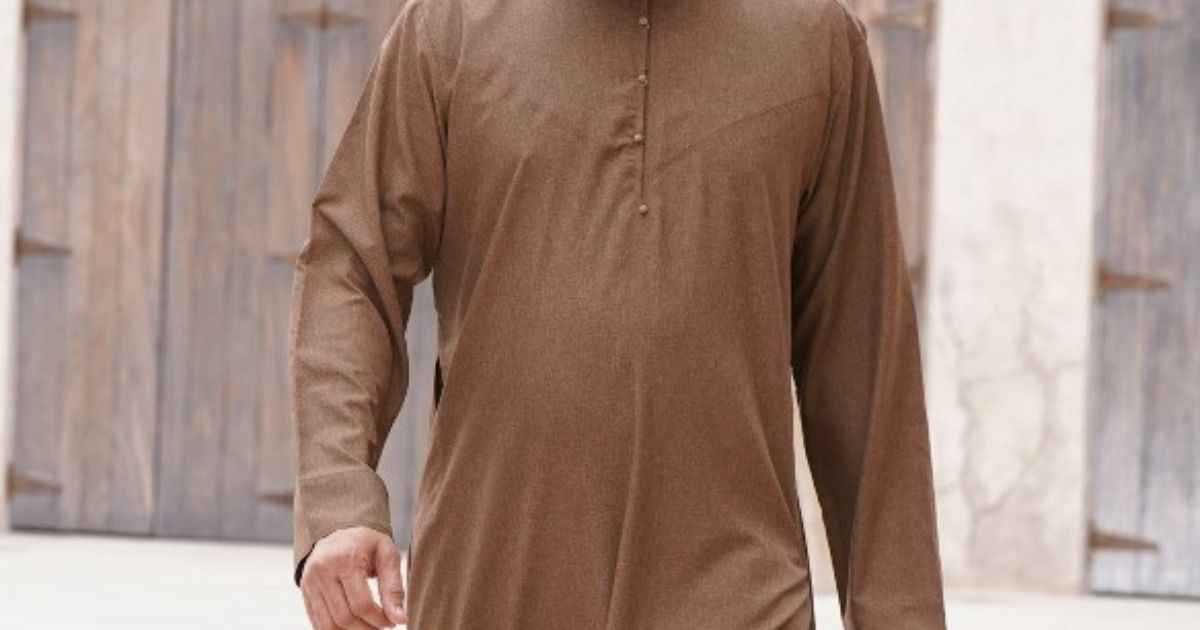In What Ways Does Cultural Heritage Influence Islamic Fashion Trends?

Islamic fashion is the fusion of art, creativity, elegance and the religion, giving it a beautiful aspect. In the different parts of the world, the various nations have put their cultural tastes and skew in the portrayal of their Islamic fashion, making it a beautiful blend of styles. Thus, the design intricacies of the Islamic culture such as embroidery, cuts and fabrics are well executed by the designers by creating stunning trends that are appropriate for the Islamic culture and responsive to local cultures as well.
1. Relation between Culture and Islamic Fashion
Islamic fashion varies widely from country to country, with each region contributing distinct elements
Middle Eastern Influence: Middle Eastern region especially the gulf countries like Saudi Arabia, UAE and Qatar are famous for rich fabrics like silk and velvet having rich features involving gold thread work, crystal and beads. The abaya for instance is a cover that is dominant in most of these cultures; has transformed from merely being a black material that is worn like a cloak to being a fashion wear with different cuts, colors and styles.
South Asian Influence: Islamic fashion which is adopted by a number of countriesthroughout the world including Pakistan and India use fresh colored clothes with complicated stiching and uses a lot of beads and sequins. Some of the traditional dresses include shalwar kameez, kurtis and sarees which are altered in terms of modesty but the cultural feelings are retained. This influence has been seen incorporated in the modern designs with the modern hand-embroidery techniques like zardozi, chikankari among others..
Southeast Asian Influence: In Malaysia and Indonesia two examples of modest fashion is the Baju Kurung and Baju Kebaya that can worn together with batik or songket. Floral prints, pastel colours and intricate designs that are applied to products are inspired by the natural landscape and art in Southeastern Asia. In this case, designers from this region will integrate traditional motifs with contemporary shapes making new contemporary styles.
North African Influence: Morocco and Egypt for instance, provide a history of craftsmanship in textiles with the examples of kaftan and the djellaba respectively. For North African style one can use the region’s typical prints and brightly painted patterns, geometrical shapes and metal accessories. Today many of these elements are used by designers including the hand-woven fabrics or motifs inspired by Berbers culture and traditions are used in modern fashion and design.
2. Designers in Between Tradition and the New Age
Today’s designers are learning that cultural identity is an essential aspect of their practice. In most of the cases they combine cultural characteristics that are somehow retained in today’s fashion with the modern fashion.
Reviving Traditional Techniques: A number of designers are using the revival of the traditional embroidery work, weaving and dyeing techniques which is associated with tradition. These methods do not only improve the appearance of their collections but also contribute to the artists, and preserve the environmental resources.
Incorporating Modern Silhouettes: With slight exposure, designers are transforming local cloths into fashionable outfits with slight variation in styles, shapes and materials. This integration simply means that the products can now be used in various ways; a factor that saw the emergence of the modest fashion targeting customers other than those who originally wore the clothes.
Celebrating Cultural Diversity: That is because designers consider cultural aspects and coming up with new collections of clothes that embrace the necessity of diversity. Starting from the choice of indigenous materials to the application of the motifs and colours typical for the region, these are embodiments of cultural nationality within the concept of Islam.
3. The Globalization of Islamic Fashion
Cultural heritage is a powerful driver of Islamic fashion trends in today's globalized world. As the modest fashion industry grows, designers are increasingly exploring cultural influences beyond their borders. This cross-pollination of ideas leads to new trends and innovations:
Global Runways and Fashion Weeks: Islamic fashion is gaining recognition on global platforms like London Modest Fashion Week and Jakarta Fashion Week. These events showcase how traditional elements from different cultures are being incorporated into contemporary fashion, further popularizing Islamic fashion trends worldwide.
Influence of Social Media: Social media platforms have become a melting pot of cultures, allowing fashion influencers and designers to share their unique styles globally. This exposure helps create new trends that blend cultural elements from various regions, making Islamic fashion a dynamic and ever-evolving landscape.
Conclusion
Region from which a specific fashion developed provides the major influence in Islamic fashion, cultural heritage. It should be noted that, using the peculiarities of modern trends in combination with the classic representation of their culture, designers not only retain their national identity but also open the Islam fashion industry to the public. That is, as the trend is further developed, Islamic fashion will remain a wonderful example of various cultures that define this phenomenon and embody the pursuit of elegance and modesty in a new way.
- 16 September 2024 In What Ways Does Cultural Heritage Influence Islamic Fashion Trends?
- 29 August 2024 What Trends in the Seasonal Clothing can be Adapted in the Islamic Clothing?
- 21 August 2024 What Role Does Art Play in the Evolution of Islamic Fashion?
- 16 August 2024 In What Ways is Technology Transforming Islamic Clothing Trends?
- 8 August 2024 How Can You Customize Your Islamic Wardrobe?
0 Comments
No comments yet